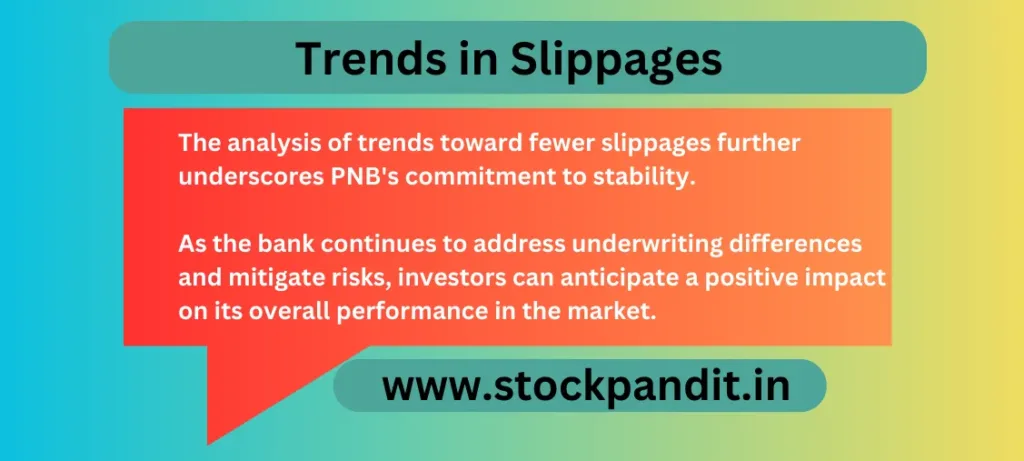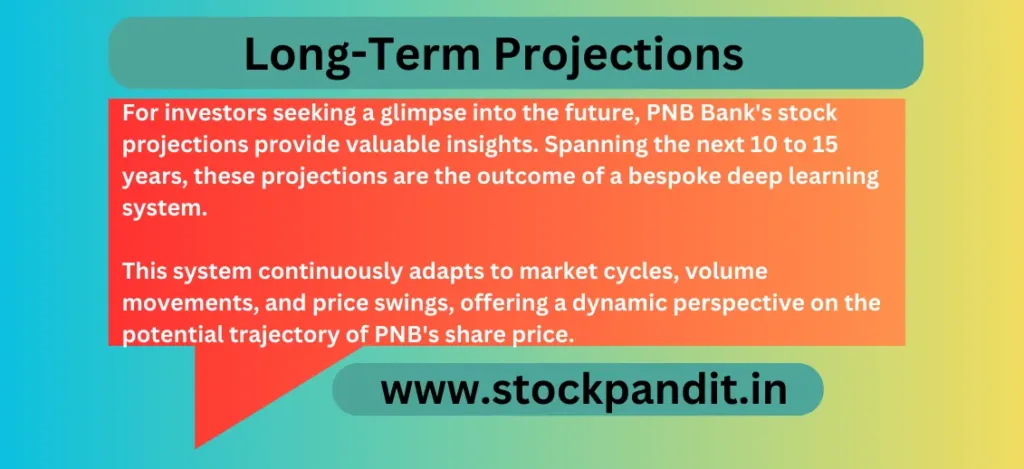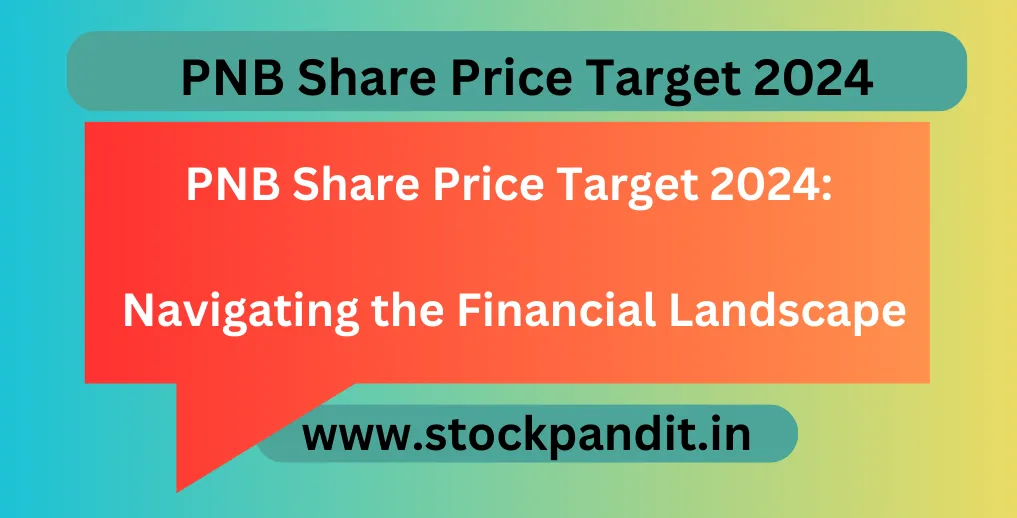PNB Share Price Target: Punjab National Bank (PNB), with a rich history spanning over 125 years, holds a significant position as the first indigenous bank in India.
Despite facing challenges in its stock performance, particularly in the last decade, the bank’s resilience and strategic initiatives paint a hopeful picture for the future.
Current Market Scenario
The period between 2010 and 2024 witnessed notable fluctuations in PNB‘s share prices. From a peak in 2010, the bank experienced a decline of about 60%, followed by subsequent increases and decreases.
Understanding the reasons behind these fluctuations is crucial for investors seeking insights into the bank’s future trajectory.
Factors Influencing PNB’s Share Price
The COVID-19 pandemic has undeniably impacted the banking sector, and PNB is no exception. However, amidst the challenges, the bank has been focusing on improving asset quality and normalizing credit costs.
These efforts are expected to contribute to a quicker recovery and enhanced return ratios.
Normalization of Credit Costs
The normalization of credit costs is a pivotal factor in shaping PNB’s financial outlook. As the bank successfully navigates through challenges, the prospects of improved return ratios become more visible.
Investors keen on understanding the long-term trajectory of PNB’s share price should closely monitor the speed of credit cost normalization.
Quality of Loans Post-COVID-19
An intriguing aspect of PNB’s post-pandemic strategy is the quality of loans approved and disbursed. With significantly higher quality and lower default rates compared to pre-pandemic loans, the bank is poised for sustained positive performance.
This trend is likely to continue, closing the perceived underwriting difference with peers.
Trends in Slippages

PNB’s Historical Background
Founded over a century ago, PNB has evolved into a comprehensive financial institution. Operating under government ownership, the bank serves over 18 crore people with a vast network of 12,609 locations across the country.
The diverse range of services includes credit cards, business and consumer banking, finance and insurance, investment banking, mortgage lending, private banking, wealth management technologies, and private equity.
Government Ownership and Reach
Being the first indigenous bank under government ownership, PNB plays a crucial role in serving the financial needs of millions.
The extensive reach of the bank ensures its presence in various regions, contributing to its status as a cornerstone in India’s financial landscape.
Diversified Offerings

Stock Exchange Listing and Performance
Listed on the stock exchange in 2002, PNB initially experienced strong performance in the market. However, the subsequent years saw fluctuations, with a notable decline by 60% between 2010 and 2013, followed by increases and decreases in the following years.
Performance Fluctuations
The journey of PNB’s shares from 2010 to 2024 reveals a rollercoaster ride of performance. After a 150% increase from 2013 to 2014, a 65% decrease from 2014 to 2016, and a subsequent 165% increase in 2017 over 2016.
The shares have been on a declining trend since 2017, currently down by 70%. Notably, the charts indicate the formation of a rounded bottom pattern, a potential indicator of a reversal in trend.
Current Decline and Rounded Bottom Pattern
The recent decline in PNB’s share price requires careful consideration. Investors should analyze the factors contributing to this decline, keeping a close eye on the rounded bottom pattern in the charts.
Understanding the significance of this pattern is crucial for making informed investment decisions.
Long-Term Projections

Deep Learning System
Utilizing a bespoke deep learning system is a testament to PNB’s commitment to staying ahead in the ever-changing financial landscape. This system, constantly fine-tuned in response to market dynamics, plays a pivotal role in shaping the bank’s long-term projections.
It considers not only historical data but also adapts to real-time changes, providing a more accurate and responsive prediction model.
PNB Share Price Target 2024, 2025, 2026, 2027, 2028, 2029, 2030, 2031, 2032, 2033, 2034, 2035
| Serial No. | Year | Share Price Target (₹) |
|---|---|---|
| 1 | 2024 | ₹156.60 |
| 2 | 2025 | ₹177.32 |
| 3 | 2026 | ₹192.34 |
| 4 | 2027 | ₹216.54 |
| 5 | 2028 | ₹240.99 |
| 6 | 2029 | ₹270.34 |
| 7 | 2030 | ₹295.62 |
| 8 | 2031 | ₹318.90 |
| 9 | 2032 | ₹390.20 |
| 10 | 2035 | ₹495.03 |
PNB Share latest news: YouTube Video
Conclusion
In conclusion, navigating the complexities of PNB’s share price involves understanding its historical journey, current challenges, and future projections.
The bank’s strategic measures to enhance loan quality post-COVID-19, coupled with efforts to normalize credit costs, set the stage for a potentially positive trajectory.
While past performance fluctuations raise questions, the rounded bottom pattern suggests a turning point that investors should carefully monitor.
You May Also Like:
JP Power Share Price Target 2024
Tata Consultancy Services Share Price Target 2024
Polycab Share Price Target 2024
What caused the decline in PNB’s share price after 2017?
The decline post-2017 can be attributed to various factors, including market sentiment, economic conditions, and internal dynamics.
How has PNB addressed the impact of the COVID-19 pandemic on its loans?
PNB has focused on improving the quality of loans post-pandemic, resulting in lower default rates and increased stability.
What is the significance of the rounded bottom pattern in PNB’s charts?
The rounded bottom pattern suggests a potential reversal in the declining trend, indicating a shift in market sentiment.
How does the deep learning system contribute to PNB’s stock projections?
The system, constantly adapting to market changes, provides dynamic and responsive projections, offering valuable insights for investors.
What sets PNB apart in terms of government ownership and reach?
As the first indigenous bank under government ownership, PNB’s extensive reach and service to over 18 crore people underscore its significance.
How does PNB plan to maintain its historic role in India’s financial sector amid market challenges?
PNB’s strategic initiatives focus on adapting to market changes, enhancing services, and maintaining a resilient position in the financial sector.
What steps has PNB taken to address underwriting differences with its peers?
The bank has implemented measures to reduce underwriting differences, contributing to more stable trends and potential improvements in performance.
Can investors expect a turnaround in PNB’s share price based on the historical rounded bottom pattern?
While patterns offer insights, investors should consider multiple factors, seeking professional advice for a comprehensive view on potential turnarounds.
How has PNB’s diversified offering contributed to its overall resilience in the market?
The range of services, from credit cards to wealth management, provides a diversified revenue stream, enhancing the bank’s resilience against market fluctuations.
What role does government ownership play in shaping PNB’s long-term strategies?
Government ownership provides stability and a strategic framework for PNB, enabling long-term planning and contributing to the bank’s enduring presence.
Are there specific market cycles or external factors that significantly influence PNB’s stock projections?
PNB’s deep learning system considers a spectrum of factors, including market cycles, economic indicators, and global trends, ensuring a comprehensive analysis for projections.
How does PNB balance the need for innovation with maintaining the trust of its longstanding customer base?
PNB employs innovative technologies while prioritizing customer trust, creating a balance that ensures modernization without compromising the core values of the bank.
What impact has PNB’s extensive network of locations across India had on its market position?
The extensive network facilitates accessibility, enhancing the bank’s market position and enabling it to cater to a diverse customer base.
How does PNB approach risk management, especially in the face of economic uncertainties?
PNB employs robust risk management strategies, adapting to economic uncertainties, and implementing measures to mitigate potential risks.
Are there any upcoming regulatory changes or industry trends that might influence PNB’s future performance?
Staying attuned to regulatory changes and industry trends, PNB is proactive in adapting its strategies to align with the evolving financial landscape.






